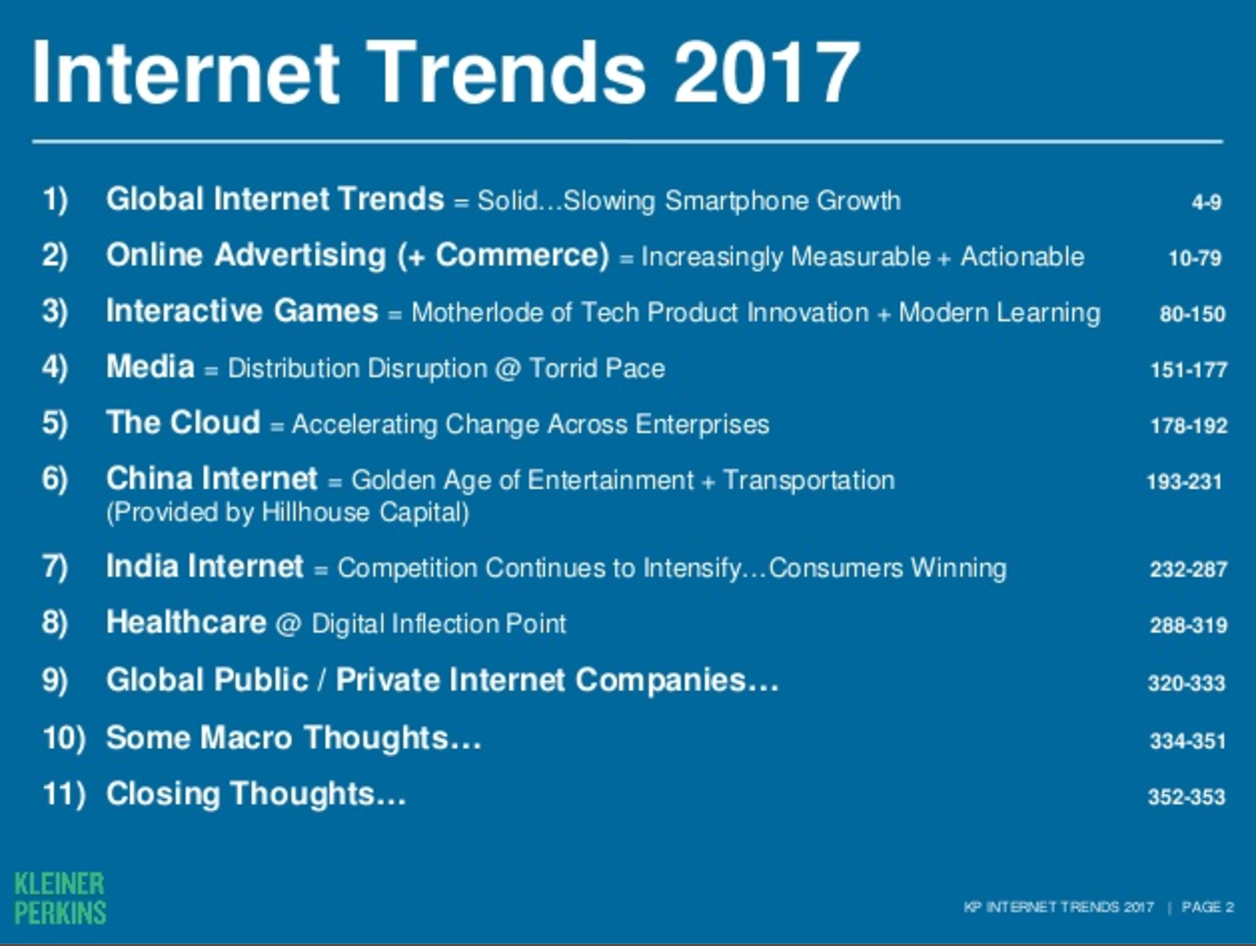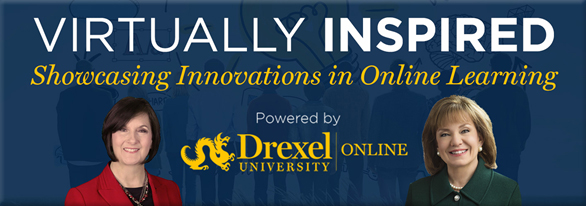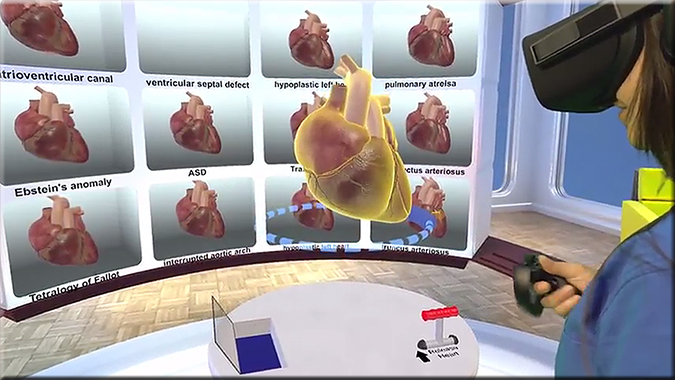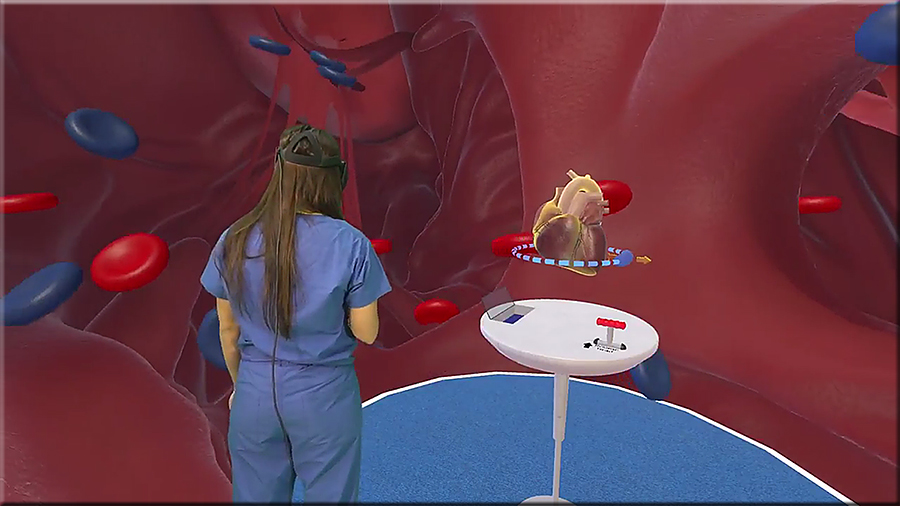Samsung to develop VR mental health diagnosis tools for hospitals — from by Cho Mu-Hyun
Samsung Electronics will work with Gangnam Severance Hospital and content maker FNI to develop mental health diagnosis tools that use virtual reality.
Excerpt:
Cognitive behaviour therapies for suicide prevention and psychological assessment will be the focus, it said.
The companies will make chairs and diagnosis kits as physical products and will develop an application for use in psychological assessments using artificial intelligence (AI).
Augmented reality 101: Top AR use-cases — from wikitude.com by Camila Kohles
Excerpt:
Before we proceed, let’s make one thing clear: AR is not just about dog face filters and Pokémon GO. We kid you not. People are using this technology to bring ease to their lives and many forward-thinking companies are working with augmented reality to improve their workflow and businesses. Let’s see how.
The Top 9 Augmented Reality Companies in Healthcare — from medicalfuturist.com with thanks to Woontack Woo for the resource
Excerpt:
When Pokemon Go conquered the world, everyone could face the huge potential in augmented reality. Although the hype around the virtual animal hunting settled, AR continues to march triumphantly into more and more industries and fields, including healthcare. Here, I listed the most significant companies bringing augmented reality to medicine and healing.
…
Brain Power
The Massachusetts-based technology company, established in 2013, has been focusing on the application of pioneering neuroscience with the latest in wearable technology, in particular, Google Glass. The start-up builds brain science-driven software to transform wearables into neuro-assistive devices for the educational challenges of autism. Their aim is to teach life skills to children and adults on the autism spectrum. They developed a unique software suite, the “Empowered Brain” aiming to help children with their social skills, language, and positive behaviors. The software contains powerful data collection and analytic tools allowing for customized feedback for the child.
How VR Can Ease the Transition for First-Time Wheelchair Users — from vrscout.com by Presley West
Designers at innovation and design company, Fjord, have created a VR experience that teaches brand new wheelchair users how to safely maneuver their environment in a safe, empowering way.
How Eye Tracking is Driving the Next Generation of AR and VR — from vrscout.com by Eric Kuerzel
WebVR: Taking The Path Of Least Resistance To Mainstream VR — from vrscout.com by Vanessa Radd
Excerpt:
Content and Education
In the midst of a dearth of content for VR, WebVR content creators are coming together to create and collaborate. Over a million creators are sharing their 3D models on Sketchfab’s 3D/VR art community platform. Virtuleap also organized the first global WebVR hackathon.
“For application domains such as education and heritage, developing VR scenes and experiences for the Web is highly important,” said Stone. “[This] promotes accessibility by many beneficiaries without the need (necessarily) for expensive and sophisticated computing or human interface hardware.”
This democratized approach opens up possibilities in education far beyond what we’re seeing today.
“I also think that WebVR, as a JavaScript API, also enables a wide range of future students and young developers to ‘dip their toes into the water’ and start to build portfolios demonstrating their capabilities, ultimately to future employers,” said Stone. “I remember the promise of the days of VRML and products such as SGI’s Cosmo and Cortona3D (which still available today, of course). But the ability to be able to open up interactive—and quite impressive—demos of VR experiences that existed in higher quality form on specialised platforms, became an amazing marketing tool in the late 1990s and 2000s.”


























